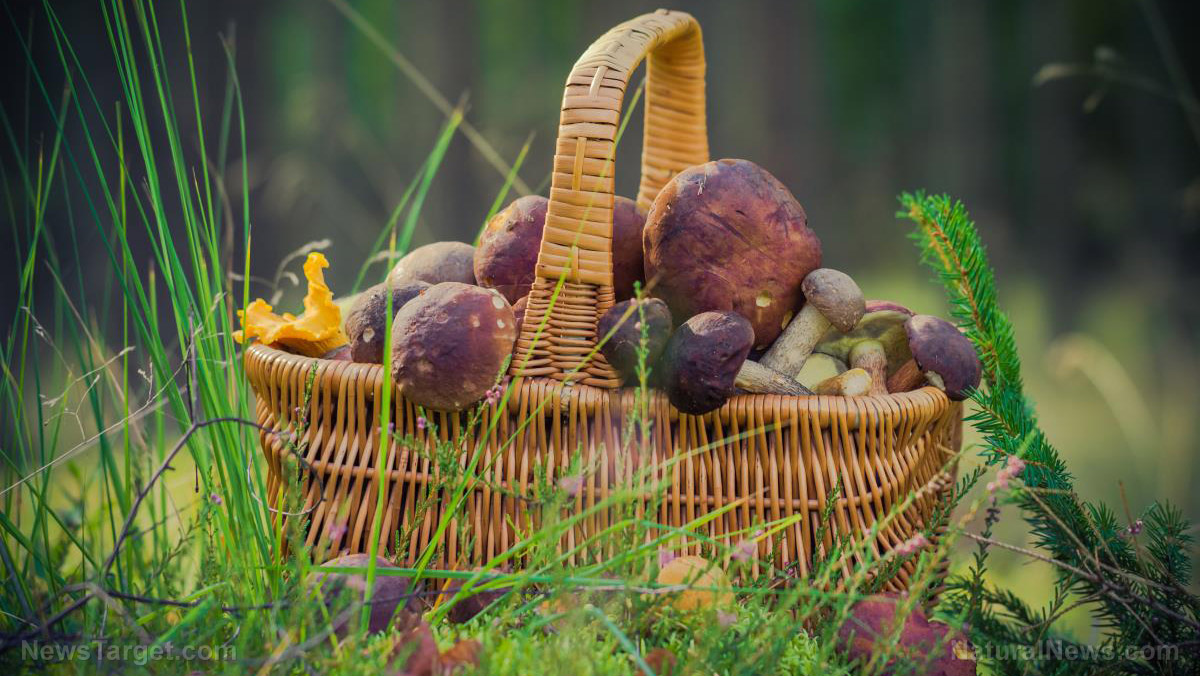
The humble chaga mushroom boasts potent medicinal benefits
Chaga mushrooms are fungi that grow on the bark of various trees, such as birch. These mushrooms thrive in temperate climates and are often found in countries like Siberia, Russia, Korea, and Canada. Chaga mushrooms are often overlooked because they look like random pieces of charcoal attached to a tree. Chaga mushrooms may not be a sight for sore eyes, but their medicinal properties can do wonders for the human body.
They can prevent cancer
Chaga mushrooms have been used in cancer therapies to slow the growth of cancer cells. Test tube studies show that chaga extract can inhibit the growth of liver, lung, breast, prostate, and colon cancer cells. Moreover, animal studies reveal that supplementation with chaga can reduce tumor size by up to 60 percent.
Chaga mushrooms contain antioxidants that can protect cells from free radical damage. In particular, the antioxidant triterpene is known to help kill cancer cells.
They help manage blood sugar
In a study published in the journal of Biomedicine & Pharmacotherapy, researchers investigated the effect of chaga extract on obese and diabetic mice. They found that mice treated with chaga extract had lower blood sugar levels and reduced insulin resistance. Other animal studies show that supplementation with chaga extract can decrease blood sugar levels in just three weeks.
They reduce cholesterol levels
Studies have found that chaga mushrooms contain antioxidants that can help reduce levels of low-density lipoprotein (LDL) or “bad” cholesterol. High levels of LDL cholesterol are known to increase the risk of atherosclerosis and coronary heart disease.
They boost the immune system
Research has found that chaga extract can regulate the production of specialized proteins called cytokines. These proteins play a role in stimulating white blood cells, which are the body's defense against harmful pathogens like bacteria and viruses. (Related: The Medicinal Power of the Chaga Mushroom Can Help Boost Immunity.)
They fight inflammation
Inflammation is the body’s natural response to illnesses. However, there are times when inflammation can go out of hand. Inflammation is often linked to ailments such as heart disease and rheumatoid arthritis.
Since chaga regulates cytokine production, it can also help fight inflammation. Research has found that chaga inhibits the production of harmful cytokines, which are known to cause inflammation.
More bite-size facts about chaga mushrooms
Chaga mushrooms go by many names. Some people call it black mass, clinker polypore, birch canker polypore, cinder ronk, or sterile conk trunk rot.
Unlike other edible mushrooms, chaga is not a fruiting body of a fungus. Its fruiting body is rarely used and is located inside the tree and grows within the heartwood. When people talk about chaga mushrooms, they actually refer to a large mass of mycelium, which has distinctive colors because it has a high concentration of melanin.
Chaga produces a dark outer growth or a conk, which can be removed to reveal a soft orange-colored core. The outer growth of the mushroom is normally dried and used in traditional medicine.
Whether used fresh or brewed as a tea, chaga mushrooms are tasty and worth trying.
If you wish to know more about chaga mushrooms and other edible fungi, visit NaturalCures.news.
Sources include:
Please contact us for more information.























